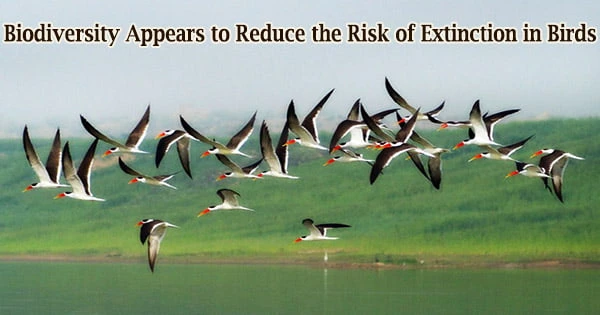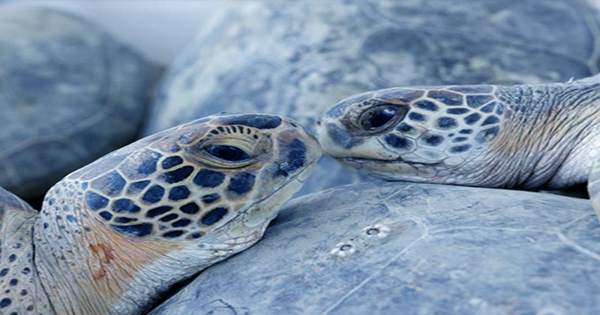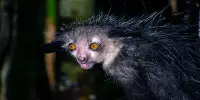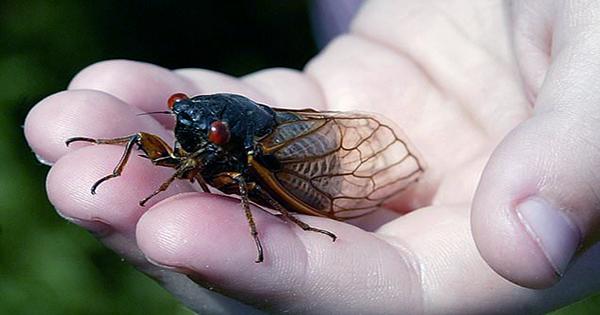According to a new University of Michigan study, higher levels of biodiversity, or the vast variety of life on Earth, as well as the species, features, and evolutionary history that they represent appear to lessen the danger of extinction in birds.
Prior research has shown that biodiversity is linked to predictable short-term outcomes: diversified systems are less prone to invasion, have more consistent productivity, and are disease resistant.
Biodiversity (from “biological diversity”) refers to the diversity of life on Earth at all levels, from genes to ecosystems, and can include evolutionary, ecological, and cultural processes that keep life going.
The current study, led by evolutionary biologist and ornithologist Brian Weeks of the University of Michigan School for Environment and Sustainability and published online Feb. 24 in Ecology Letters, has revealed yet another favorable result in potentially reduced extinction rates.
Researchers used a new dataset that encompasses more than 99 percent of all bird species on the planet, which was compiled using natural history museum specimens.
While it is typical to use natural history museum specimens, this is the first time a comprehensive dataset of all bird functional features has been created.
While we know that biodiversity impacts the functioning of ecosystems in predictable ways, it is less clear how these biodiversity-ecosystem functioning relationships impact extinction risk across longer timescales. Our findings suggest that the conservation of biodiversity is not only a goal of conservation but is also likely a necessary component to effective conservation interventions.
Brian Weeks
The data was used to calculate the global variety of birds, including the number of species in a group, their evolutionary relationships, and functional features. They next employed structural equation modeling to characterize the link between diversity and the danger of extinction.
Every living thing, including plants, microorganisms, animals, and humans, is referred to as biodiversity. According to scientists, there are around 8.7 million plant and animal species on the planet.
However, only about 1.2 million species, most of which are insects, have been recognized and described thus far. This indicates that the existence of millions of other creatures is unknown.
According to the research, avian variety is linked to lower levels of current extinction risk. This, according to the study, is due to diversified populations offering a safe haven for endangered species.
Species with huge body sizes, weak dispersal abilities, or small range sizes are more prone to become extinct. The advantages of living in a diversified society, on the other hand, appear to safeguard these extinction-prone species, allowing more of them to survive.
The findings reveal the importance of protecting diversity, according to the authors.
“While we know that biodiversity impacts the functioning of ecosystems in predictable ways, it is less clear how these biodiversity-ecosystem functioning relationships impact extinction risk across longer timescales,” Weeks said.
“Our findings suggest that the conservation of biodiversity is not only a goal of conservation but is also likely a necessary component to effective conservation interventions.”
Because single-species conservation interventions are costly, the researchers found that maintaining biodiverse ecosystems could be a more cost-effective method to preventing extinction.
The study’s other authors are Shahid Naeem of Columbia University, Jesse Lasky of Pennsylvania State University, and Joseph Tobias of Imperial College London. Bird trait data collection was supported by the UK Natural Environment Research Council.
















